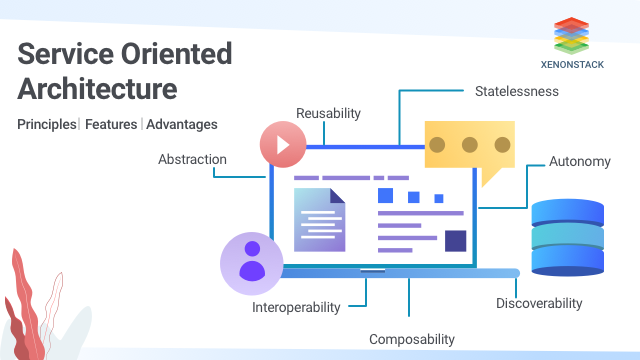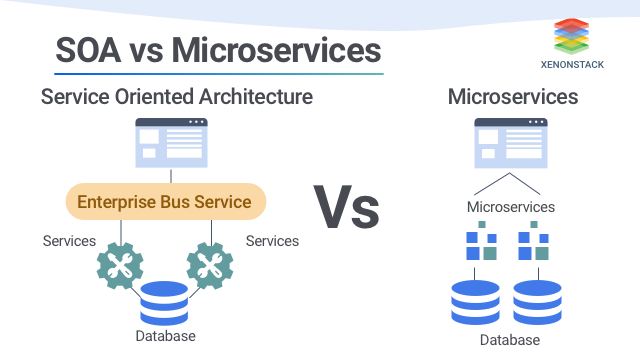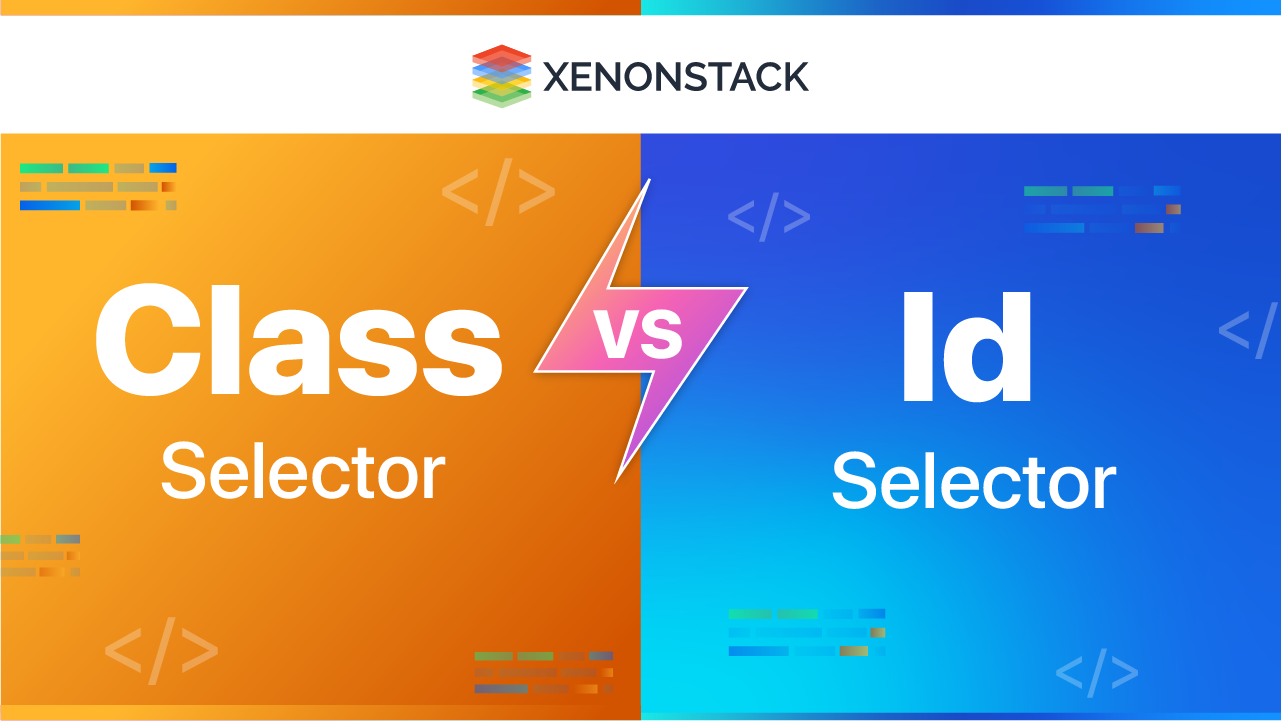
Introduction to Service-Oriented Architecture (SOA)
As businesses grow, so does the complexity of their software systems. Service-oriented architecture (SOA) provides an effective way to manage this complexity by organizing software into reusable services that can be integrated and scaled independently.
This blog explores SOA's benefits in achieving scalability, modularity, and interoperability while also examining its key components, such as the enterprise service bus (ESB) and service discovery. We'll show how SOA enables businesses to meet modern challenges and deliver more efficient, flexible solutions.
Defining Service-Oriented Architecture (SOA) Explained
Service-oriented architecture (SOA) is a software design model that uses shared services to provide business functionality to various applications over communication protocols. It is based on loose coupling and service encapsulation, allowing independent services to interact via service contracts.
SOA promotes interoperability and scalability, supporting the creation of composite applications. These services are independent of vendors, outcomes, and technologies, making SOA flexible for distributed systems and legacy systems integration.
What is a Service?
A service is a clear, independent function that provides functionality. It uses service interfaces and communicates through network communication to interact with other services. Loose coupling ensures services are not reliant on one another, allowing for service composition and reusability across business applications.
A new term introduced which changed the architecture of the software development, moreover, it changes the working culture of the teams the way teams work together. Click to explore about our, Microservices Testing Strategies
Key Principles and Concepts of SOA
Service-oriented architecture (SOA) follows several core principles to ensure efficiency, flexibility, and scalability when designing services:
-
Standardized Service Contract: Services adhere to a service contract that defines the service’s purpose and behaviour. This contract enables interoperability across different systems.
-
Loose Coupling: Services minimize dependencies on each other, ensuring that if one service fails, it doesn’t affect the service consumer or client application. This supports scalability and modularity.
-
Service Abstraction: Services encapsulate their internal logic, exposing only the necessary functionality through service interfaces. This abstraction hides the complexity of how the service performs its task.
-
Service Reusability: Logic is divided into reusable services, enabling their use across various applications, improving agile integration, and reducing development time.
-
Service Autonomy: Services control their logic and are self-contained, ensuring that they operate independently and manage their state, which improves service encapsulation.
-
Service Statelessness: Services should remain stateless, meaning they do not store data between requests. This ensures that each request is independent and can be handled by any service instance, improving scalability.
-
Service Discoverability: Services can be easily discovered through a service registry (e.g., UDDI). This allows for easier integration and management of composite applications.
-
Service Composability: Large tasks are broken down into more minor, more manageable services, which can be composed to form more complex workflows, promoting modularity and scalability.
-
Service Interoperability: Services use open standards that ensure they can be accessed by various service consumers, supporting seamless communication across different platforms and technologies.
Over years of surveys, only 2% to 3% of those trying SOA have decided to give it up. Source- Service-Oriented Architecture: Enabler of the Digital World
Core Characteristics of Service-Oriented Architecture (SOA)
The Service-Oriented Architecture has the following features:
-
Loose Coupling: SOA promotes loose coupling across the entire project, allowing services to interact independently.
-
Interoperability: SOA ensures interoperability between diverse systems and technologies, enabling seamless communication.
-
Quality of Service (QoS): SOA helps improve service quality, ensuring better performance and reliability.
-
Vendor Diversity: SOA supports vendor diversity, enabling organizations to use different service providers and technologies.
-
Discovery and Federation: SOA promotes service discovery and federation, allowing for easier integration and expansion.
-
Location Transparency: SOA provides location transparency, allowing services to be accessed regardless of their physical location.
-
Maturity: SOA is still a maturing concept, with ongoing developments and improvements in its adoption and implementation.
Understanding Common Service-Oriented Architecture (SOA) Terminology
Service Consumer
The service consumer locates services in a service registry, binds to a service provider, and invokes the required service. The service consumer can access multiple services based on the service contract and the services available in the registry.
Service Registry
A service registry (also called a service broker) is where service providers publish their services, making it easier for service consumers to discover and bind to the appropriate service.
Service Provider
The service provider creates and publishes web services and offers them to a service registry. Each service provider determines the focus of its services, such as security or availability, to meet specific business needs.
A very High-performance API gateway. It's Open Source in nature. It provides a very reliable entry point for clients to microservices. Click to explore about our, KrakenD API Gateway for Microservices
Advantages and Disadvantages of Service-Oriented Architecture
When considering service-oriented architecture (SOA), weighing its benefits and drawbacks in the context of your organization’s needs is essential. While SOA offers significant scalability, reusability, and interoperability advantages, it also presents particular challenges that should be considered before implementation.
Advantages
-
Service Reusability: SOA allows for the creation of reusable services, enabling them to be used across different business applications.
-
Platform Independence: SOA enables services to be platform-independent, allowing communication over a standard protocol and enhancing interoperability.
-
Easy Maintenance: SOA promotes easy maintenance since services are independent and can be updated without affecting others.
-
Availability: SOA ensures services are available on demand, improving the accessibility of distributed systems.
-
Parallel Development: SOA supports parallel development, speeding up the development process.
-
Reliability: SOA enhances reliability by allowing easier testing of smaller code units, improving service quality.
-
Scalability: SOA supports scalability as services can run on multiple servers.
Disadvantages
-
Dependence on Standards: SOA depends on implementing standards; without them, communication between applications can become time-consuming and complex.
-
Not Suitable for All Applications: SOA is not ideal for applications with high data transfer, those that don’t follow the request/response model, or those with a short lifespan.
-
Complexity and Cost: As SOAs grow, complying with protocols and maintaining communication become more complex and expensive.
-
Business Process Understanding: Implementing SOA requires understanding business processes, identifying standard functions, and standardizing them into reusable services.
A distinctive method of developing software systems that focuses on building a single-function module with well-defined operations and interfaces. Click to explore about our, Microservices for Java and Golang
Exploring the Framework of Service-Oriented Architecture
Service-oriented architecture's framework has five horizontal layers. These are defined below:
Consumer Interface Layer
This layer provides a GUI-based application for service consumers, enabling end-users to interact with business applications.
Business Process Layer
This layer defines the business functionality and use cases, describing the business processes in terms of application workflows.
Services Layer
This layer contains the core services accessible across the organization, providing reusable business functionality to various applications.
Service Component Layer
This layer is responsible for developing and managing services, ensuring that they are properly designed, deployed, and maintained.
Operational Systems Layer
This layer manages the data patterns and connects with the underlying systems, ensuring data is stored and accessed effectively within the SOA.
Practical Applications and Use Cases of SOA
Challenges in Implementing Service-Oriented Architecture (SOA)
-
Complex Integration: Integrating multiple systems, especially legacy ones, into a cohesive service-oriented architecture can be challenging, particularly when ensuring interoperability across different platforms and technologies.
-
Service Governance: Managing the service lifecycle can be difficult and time-consuming, including creating and maintaining service contracts and ensuring adherence to quality of service (QoS) standards.
-
Performance and Latency: SOA's centralized nature, often relying on an enterprise service bus (ESB), can introduce performance bottlenecks and latency, especially for real-time applications.
-
Scalability Issues: Scaling individual services can be complicated due to the reliance on a centralized service provider model and the challenges of scaling services independently.
-
High Initial Investment: Setting up SOA requires significant initial investment in infrastructure, tools, and expertise, which can be costly and resource-intensive for organizations.
Explore our latest blogs for in-depth insights here:
Key Takeaways on Service-Oriented Architecture
To sum up, service-oriented architecture (SOA) helps businesses respond more quickly and efficiently to changing market conditions. With SOA, organizations can gain complete control over their business applications and holistically address problems.
Similarly, SOA can be seen as an architectural evolution. It builds on the best practices of traditional software design while promoting interoperability, modularity, and scalability. It continues to enable organizations to create flexible, reusable services that meet the dynamic needs of the market.
Next Steps for Adopting Service-Oriented Architecture
Talk to our experts about implementing AI-driven SOA systems. Learn how industries and departments use Agentic Workflows and Decision Intelligence to become decision-centric, utilizing AI to automate and optimize IT support and operations, improving efficiency and responsiveness.


